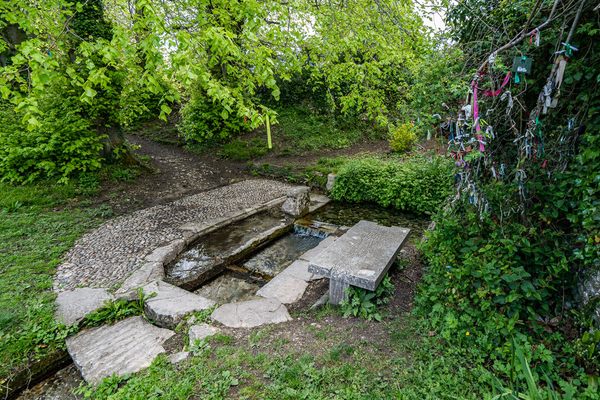About
A small stretch of West Mersea’s beach is known by the strange moniker, Monkey Beach. The reason for this curious name, as well as its adjoining Monkey Steps, is believed to have stemmed from the beach's past.
It's believed by some that at the bottom of the steps, where it meets the beach, sat a lookout post used by a customs officer or coast guard who oversaw boats coming and going from the island. The locals, amused by the sight of these lookouts in their small turret-like building, compared them to monkeys in a cage.
Other stories state that the turret resident was an actual monkey. The primate may have been the pet of a local cottage owner or a lookout trained to make a sound when ships approached.
A short climb up the Monkey Steps from its eponymous beach takes visitors to the site of St Peters Well in West Mersea. This well sustained the island's residents for over 1,000 years.
In the past, Mersea residents often had distinctive brown teeth. This discoloration was due to the high fluoride levels of St Peters well.
The well was originally part of St Peter and St Paul’s priory, from which it got its name. This priory no longer stands. The well, although now covered, remains in place adorned with a plaque giving information on its long thirst-quenching history.
Related Tags
Know Before You Go
Coordinates are to the top of Monkey Steps where you will find the information board. A short walk down these steps will bring you to Monkey Beach. Midway down, you will find a fork off that takes you along a short path to St Peter's Well.
Published
December 14, 2020
Sources
- https://mediafiles.thedms.co.uk/Publication/CE/cms/pdf/Mersea%20Walks.pdf
- https://www.merseamuseum.org.uk/mmresdetails.php?tot=64&cat=&col=MM&typ=c&rt=XT&hit=27&pid=COR_005
- https://www.megalithic.co.uk/article.php?sid=10058
- https://www.seaskipr.com/news/2019/11/14/10-really-cool-things-to-know-about-mersea-island








































